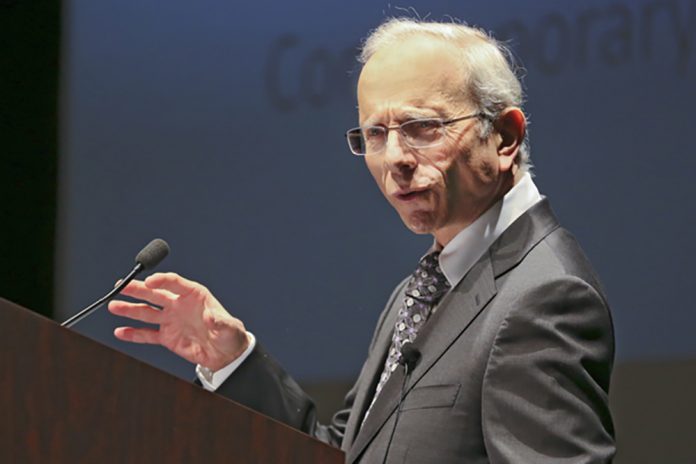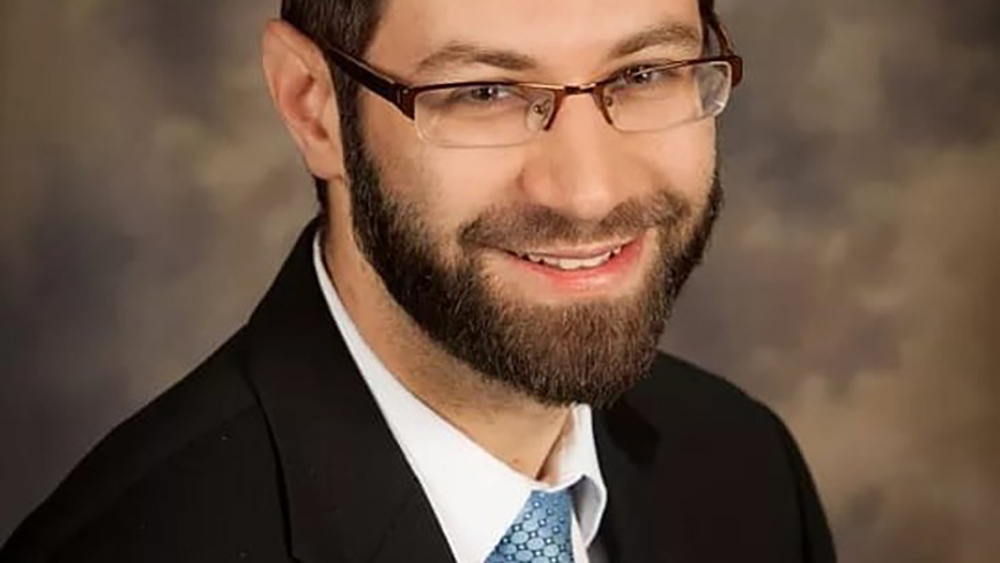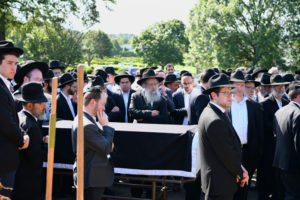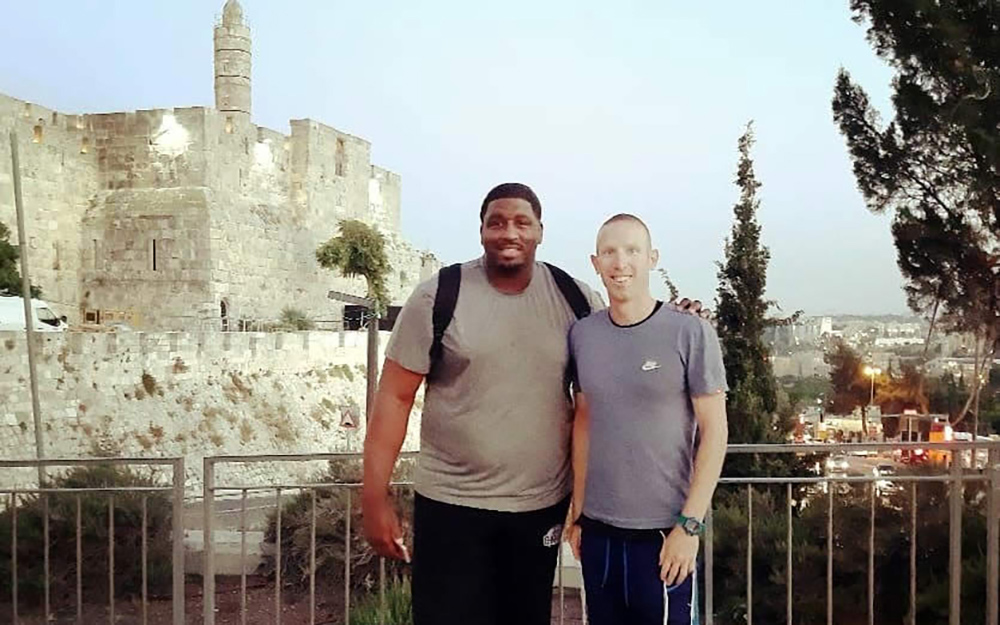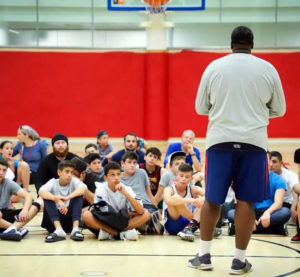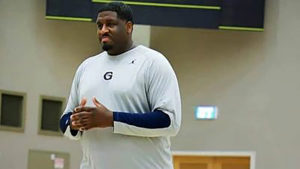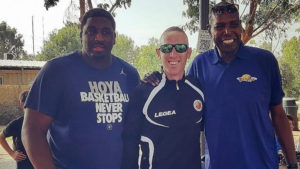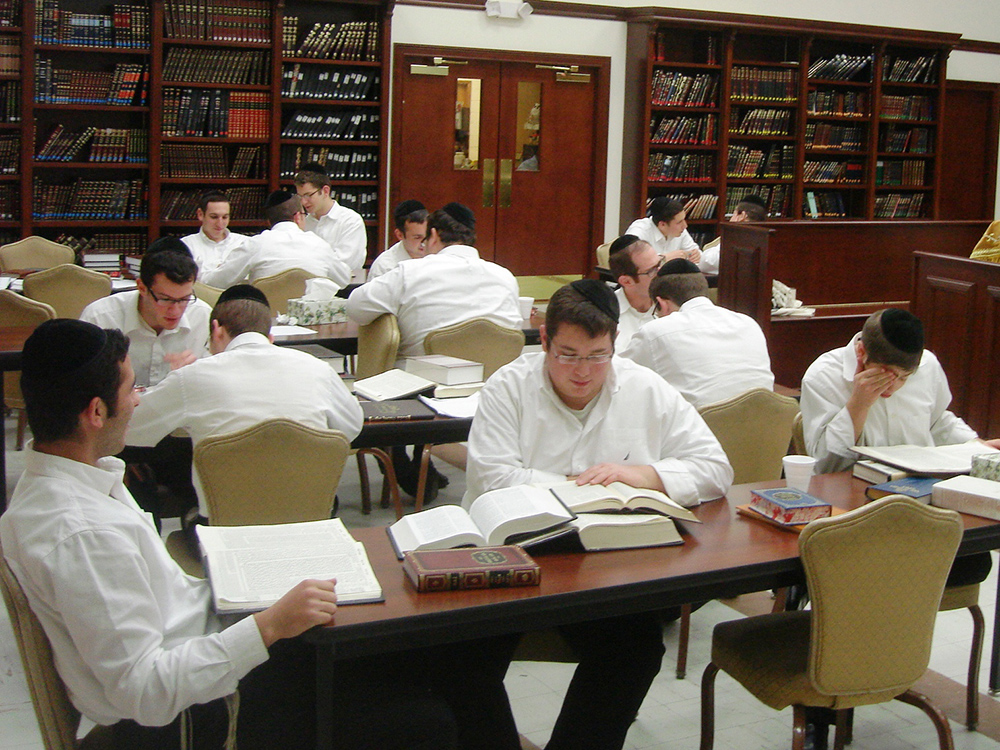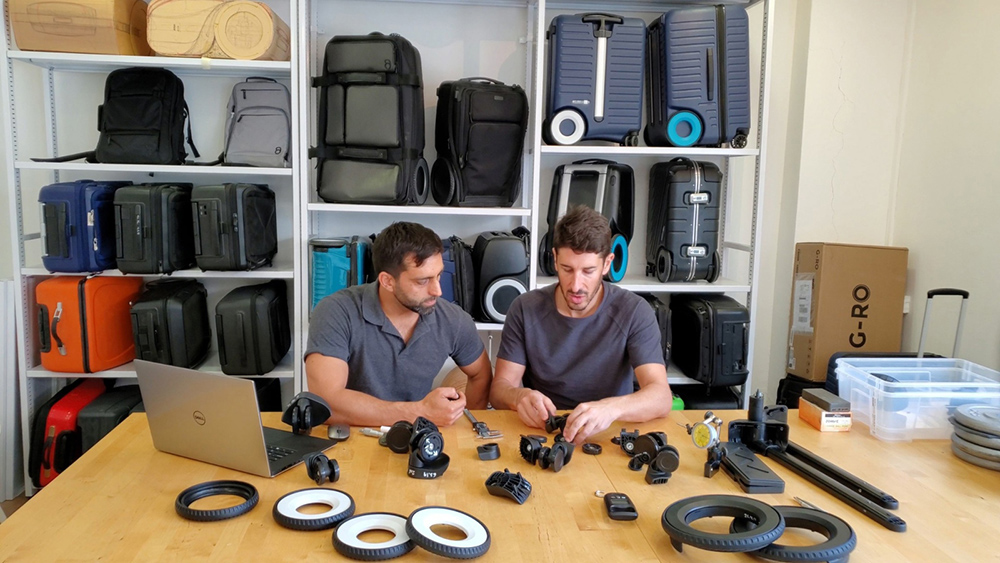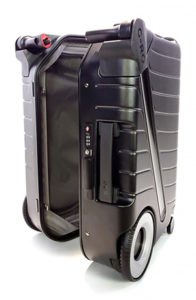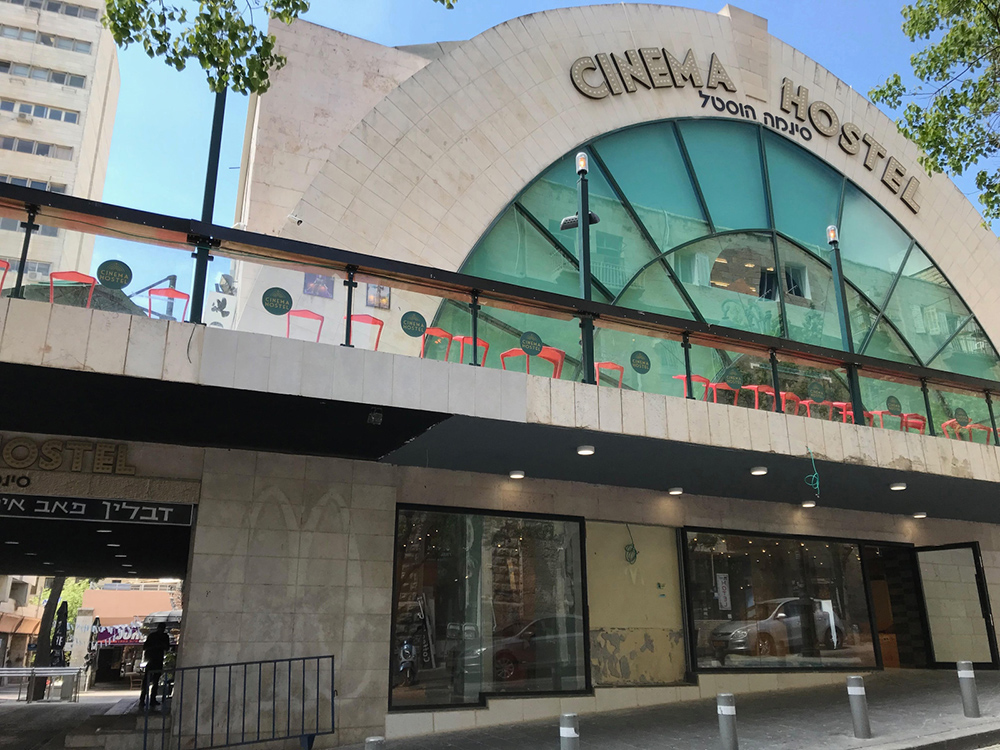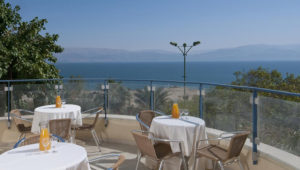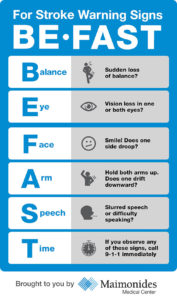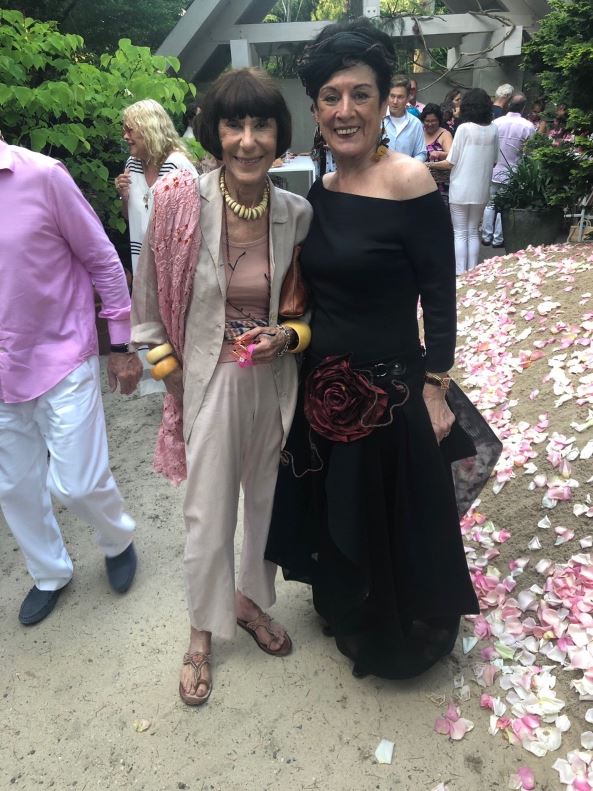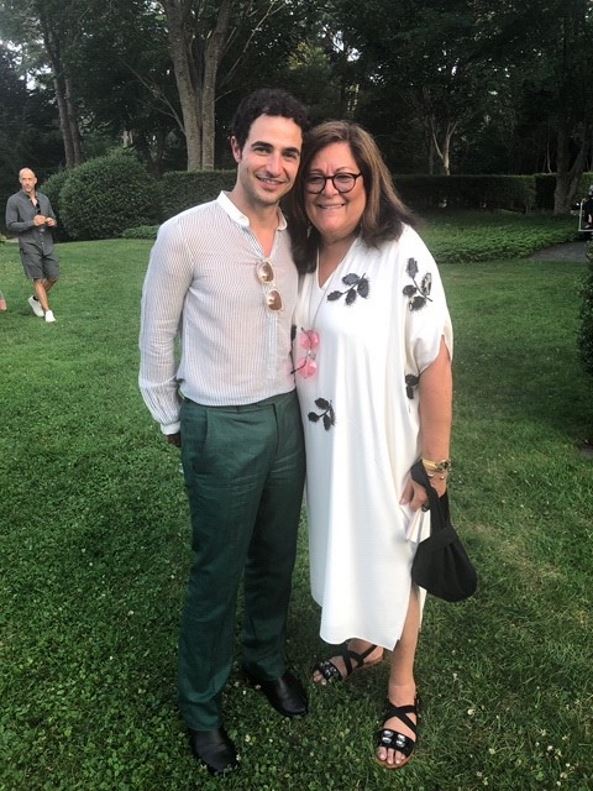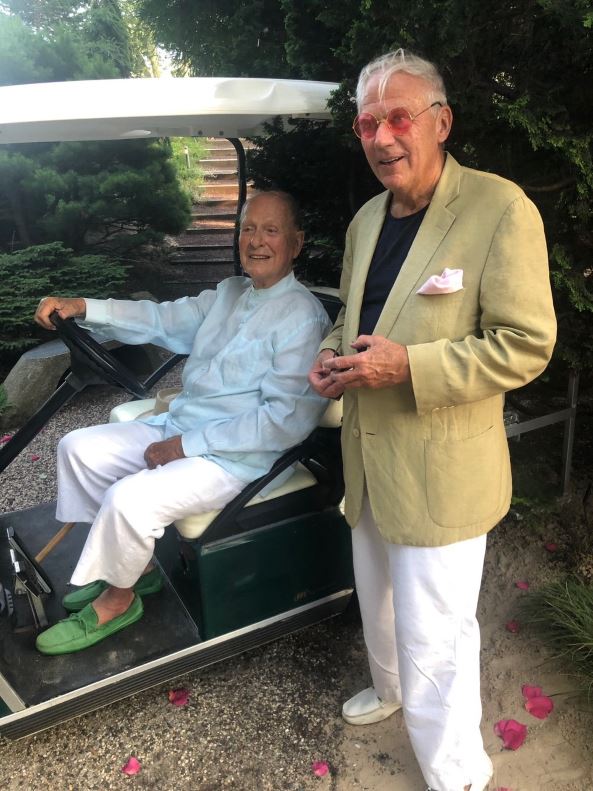A new book details how the Left chose to surrender to the Arab enemy
In recent weeks the mostly left-leaning news media have published articles about the turbulence of this year’s elections in Israel with such handwringing titles as “Is the Israeli left doomed to marginalization?” “The Decline of the Israeli Left,” and “Whatever Happened to the Israeli Left?” But if one really wants to educate oneself deeply and broadly about this shift in the tiny democracy’s political landscape, one can hardly do better than to read Mordechai Nisan’s new book, The Crack-Up of the Israeli Left, published by Mantua Books. In it, Dr. Nisan brilliantly dissects the rise of the Right and the decline of the Left in the Jewish state. To quote from the book cover’s description, it details how “the Left detached its moorings from reality and principle, raised its voice against the Zionist enterprise, and chose surrender to the Arab enemy.”
If anyone is qualified to expound upon Israel’s political and cultural battlegrounds, it’s Mordechai Nisan. Dr. Nisan (with a doctorate in Political Studies from McGill University) has been a teacher and consultant for a number of academic and public institutions in Israel, including Hebrew University in Jerusalem, where he taught Middle East Studies for 35 years. Among his many books are Toward a New Israel: The Jewish State and the Arab Question (1992), Only Israel West of the River: The Jewish State and the Palestinian Question (2011), and Politics and War in Lebanon (2015). He has written articles for The Jerusalem Post, Israel National News, Global Affairs, Middle East Journal, and many other publications. He has also been an activist for Jewish settlement in the territories of Judea and Samaria.
Dr. Nisan was kind enough to take time to answer some questions for FrontPage Mag.
Mark Tapson: You begin your book by describing Israel as “a fable and a myth, but also a Great Truth.” What do you mean by that?
Mordechai Nisan: Myth as an expression of inner thoughts and memories mobilizes people to action. Fables arouse children’s imagination, as myths do for adults. Israel was born from a great myth rooted in the Biblical story of liberation and conquest, awakening the Jewish people to relive their past through the medium of Zionism and reconstituting their freedom and sovereignty in modern times. This is a revitalized myth actualizing an ancient truth of God and Jewish peoplehood in history.
Thus, the distinction between reality and imagination, truth and fable, collapses in the dynamic Jewish Return to the Land of Israel. This is the secret of the founding or re-founding of the state of Israel in 1948. A culture that has lost myth, wrote Nietzsche in The Birth of Tragedy, “has lost its natural healthy creativity.” Israel’s myth lives on, and so does Israel.
MT: What IS “the crackup of the Israeli left”?
MN: The Israeli Left is stuck in a deep moral and political crisis. Its cyclical downturn has degenerated into ideological rigidity (against the Land of Israel) and political arrogance (against the citizens of Israel). Rootless leftist elites, who are entrenched in the media, academia, the arts, and the judiciary, parade secularism against tradition, vaunting a pro-Palestinian political narrative and having abandoned a pro-Israel one. The more radical elements in the Labor and Meretz parties severed their spiritual ties to the vision of a proud Jewish state, as when they opposed the 2018 Basic Law recognizing “Israel as the nation-state of the Jewish people.”
This Leftist “crack-up” includes a long list of political pathologies: siding with the BDS travesty, charging Israel with fascism and Nazi-like policies, refusing to sing the national anthem, employing blood libel terminology to denigrate Jewish settlers, praising Palestinian enemies as peace-loving, and trivializing the dangerous consequences of territorial withdrawal. Leftist incoherence and despair have cost them votes, with the nationalist-rightist Likud Party dominating Israeli politics for decades, since 1977.
MT: To confront the Palestinian “war is peace” mindset toward Israel, you state that “Israel is in need of a culture of war to secure its future.” Can you elaborate on that?
MN: The Israel Defense Forces, with an array of intelligence and cyber capacities, are on 24/7 alert since the day Israel arose in 1948; and poised to defend the country from threat, attack, and terrorism by Iran and Syria, Hezbollah and Hamas, Islamic Jihad and Fatah. For its part, Islam is a religion of war – as Ayatollah Khomeini said; but this does not prevent the Palestinian war donning the mask of peace as a strategy of deception.
Israel enlists and trains its youth for military service and instills love for the homeland, to fight and sacrifice to protect its citizens. This is not a sign of militarism, rather a call for realism and vigilance. When I say that Israel must cultivate a culture of war, despite Judaism in its biblical, prophetic, and rabbinic sources teaching that the highest human value is peace, I am speaking about a patriotic spirit for the defense and survival of Israel.
MT: You refer to the 1993 Oslo Accords as a “swindle,” “plotted in darkness” and “abundant in Israeli hubris.” What did the Accords lead to instead of peace and democracy?
MN: The 1993 Oslo Accord was born in the political shadows by Israeli Foreign Minister Shimon Peres, who maneuvered Prime Minister Yitzhak Rabin to take a leap of faith into political oblivion. The Israeli government galvanized parliamentary support by scandalous means, shamelessly recognized the Palestine Liberation Organization (PLO) as a peace partner, and propounded the absurdity of a “New Middle East.” The Jews embraced their murderers, fantasizing that the Palestinians want nothing more than independence and sovereignty when, in fact, their goal was and remains the destruction of Israel and the elimination of the Israelis.
Thus the idiocy of a “two-state” solution to the Israeli-Palestinian conundrum. Israel agreed to imprudent territorial withdrawals and, in return, the Palestinians violated obligations and commitments, unleashing the “Oslo War” indiscriminate terrorism against Israelis, in restaurants, hotels, markets, and busses, on the roads and in the forests. This diabolical war/peace political theatre led to the slaughter of many hundreds of Jews. Leftist complacency and naivety brought fear and panic, suffering and death, upon the people of Israel. The loony Left has not confessed its error and continues to promote further capitulation and withdrawal from land. Fools repeat their mistakes and do not learn from them.
MT: You’re critical of the Israeli response to Arab terrorism, which is to treat it too much like a law enforcement issue. What is a more effective approach to deterring terrorism?
MN: The anti-terror agencies have the responsibility to monitor, detect, and prevent, apprehend and punish those elements engaged in terrorism against a country and its citizens. Israel’s security apparatus is exceptional; its performance level is perhaps the best in the world. The Israelis are Middle Easterners expected to understand the cultural code and workings of Arab society. As such, fighting terrorism as a law enforcement task misses the point, because the Palestinian war against the Jews and Zionism is rooted in religious and ideological Islamic and Arab imperatives. When Palestinians arson Jewish fields or throw rocks at an Israeli car, this is not an isolated misdemeanor or youthful prank, but jihad as a deadly campaign.
To apply effective deterrence, the people closest to the terrorist must pay the price of expulsion for the individual terrorist’s lone foray to destroy and murder. Before the sun rises, the terrorist’s family disappears. To act with boldness in applying collective punishment is not to be arbitrarily ruthless toward the enemy, but to show compassion for your people and implement an effective policy to save lives.
MT: You point out that the prescient philosopher Eric Hoffer recognized as far back as 1968 that, “as it goes with Israel, so it will go with all of us.” Why is Israel the canary in the coal mine?
MN: The image of “the canary in the coal mine,” as the bird faces impending death while warning humans of a like fate, ostensibly misconstrues the connection between Israel and the West. Considering the ignoble collapse of Europe facing militant Islam, the European miner is in a more dire condition than the Israeli bird. Eric Hoffer foresaw the link between Israel and the West, the Jewish state being a litmus test for the survival of the West.
However, his prediction did not account for signs of a loss of meaning and political submission that have afflicted western and central Europe, Canada and Australia as well. Like a wounded animal, Europe seems lifeless. While Europe’s loss of will ill-prepares it to withstand the multi-level Muslim challenge, which strikes at the very core of peoples’ historical culture and national pride, Israel – that lone canary – forges ahead with resolve.
Yet, were Israel to go down and the Muslim world triumph against the Jews, the forces of Islam would be emboldened to believe that Christian Europe–Madrid and London, Paris and Rome – later perhaps New York and Washington – would fall into their hands. In that regard, Eric Hoffer grasped the interconnection of things in the historical process. Worth mentioning here is the menacing Arab adage: “after the Saturday people come the Sunday people.” When the West supports the Jews, they are also saving the Christians.
(Front Page Mag)


